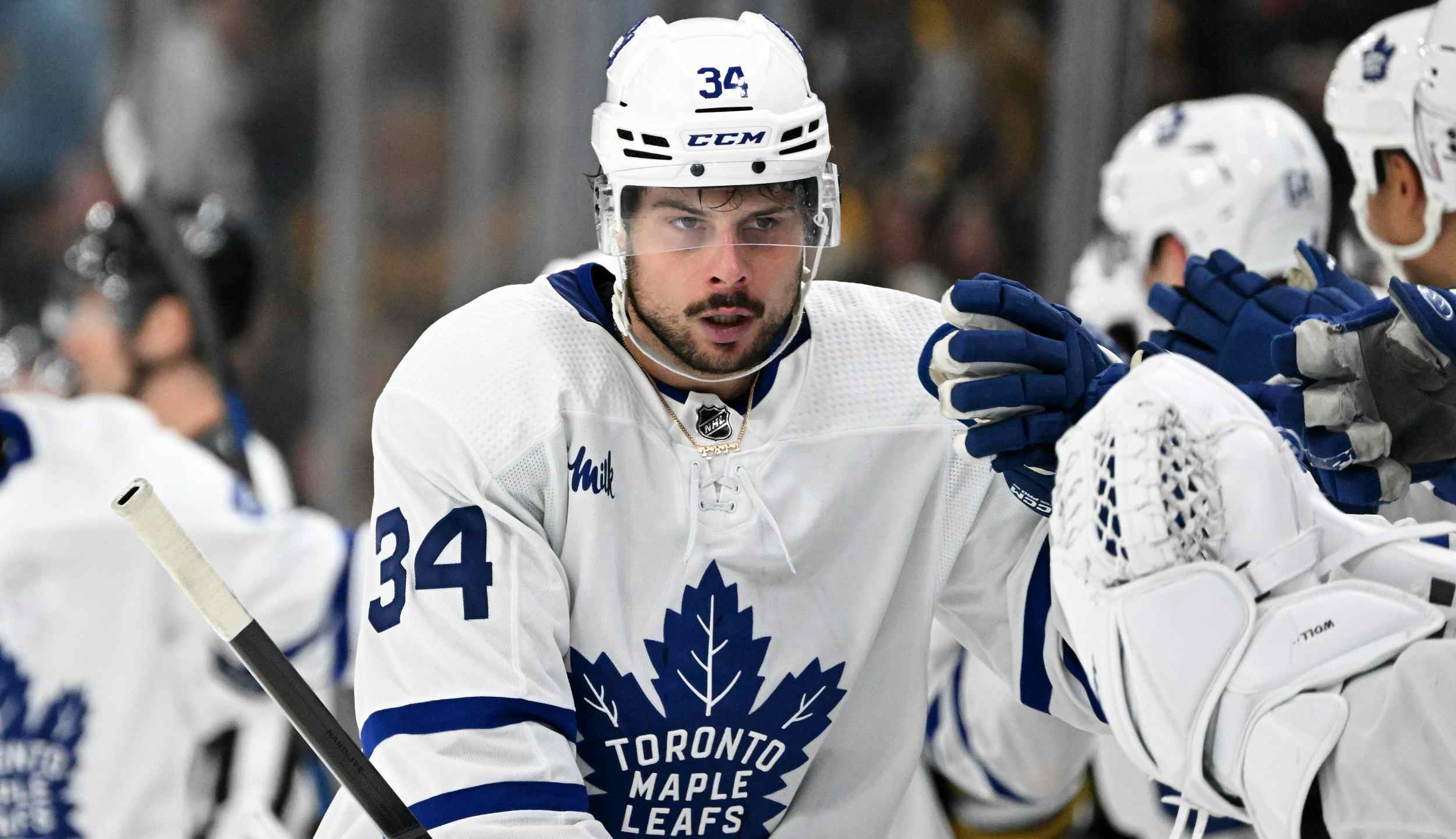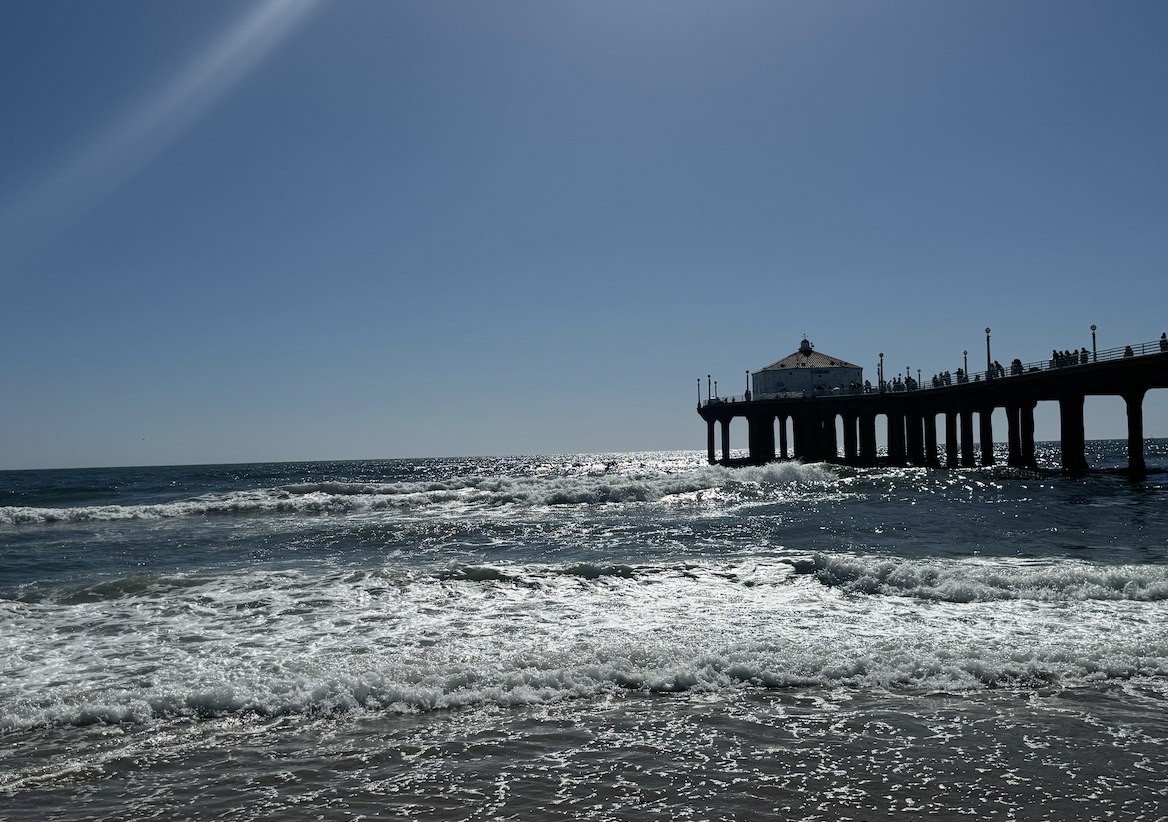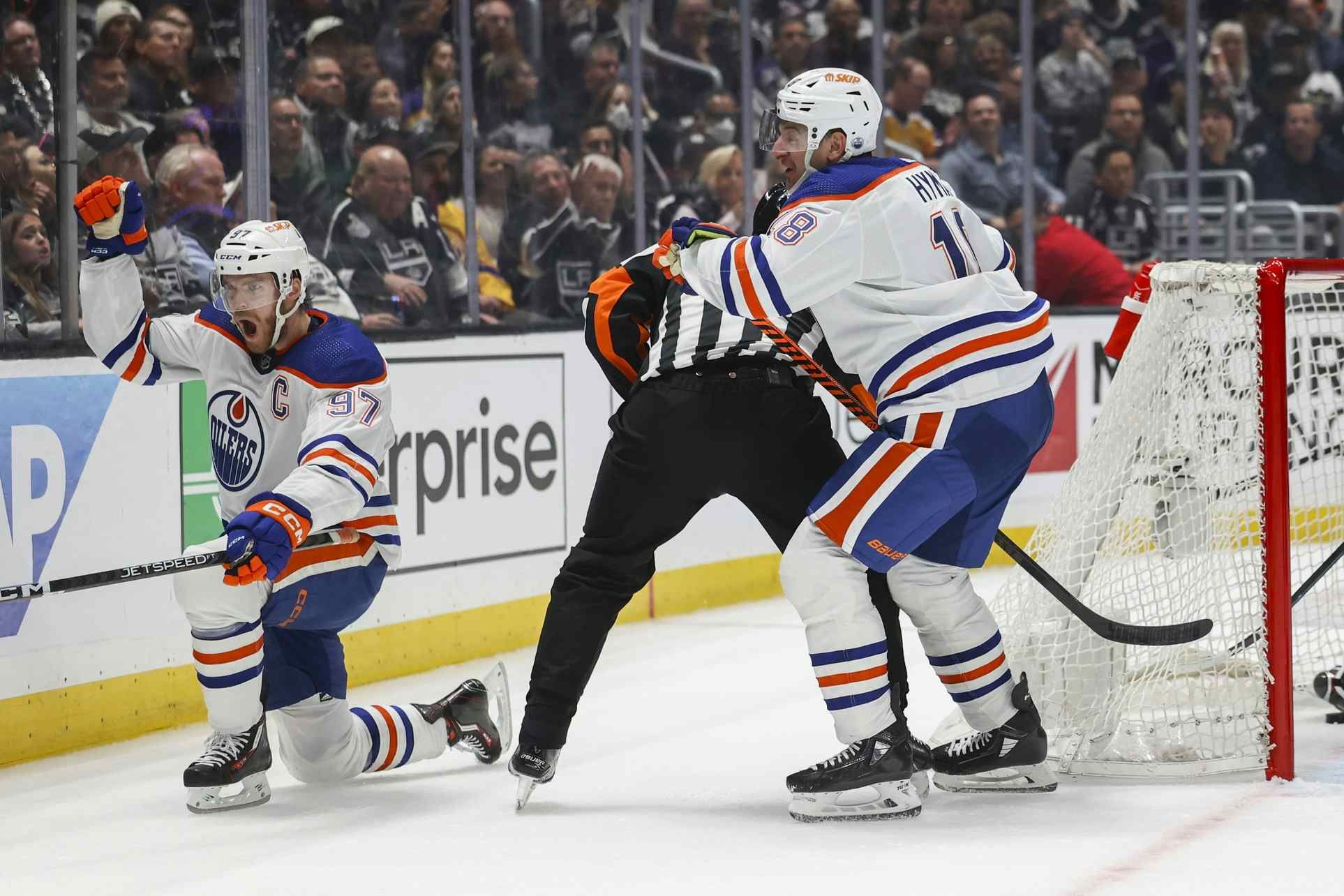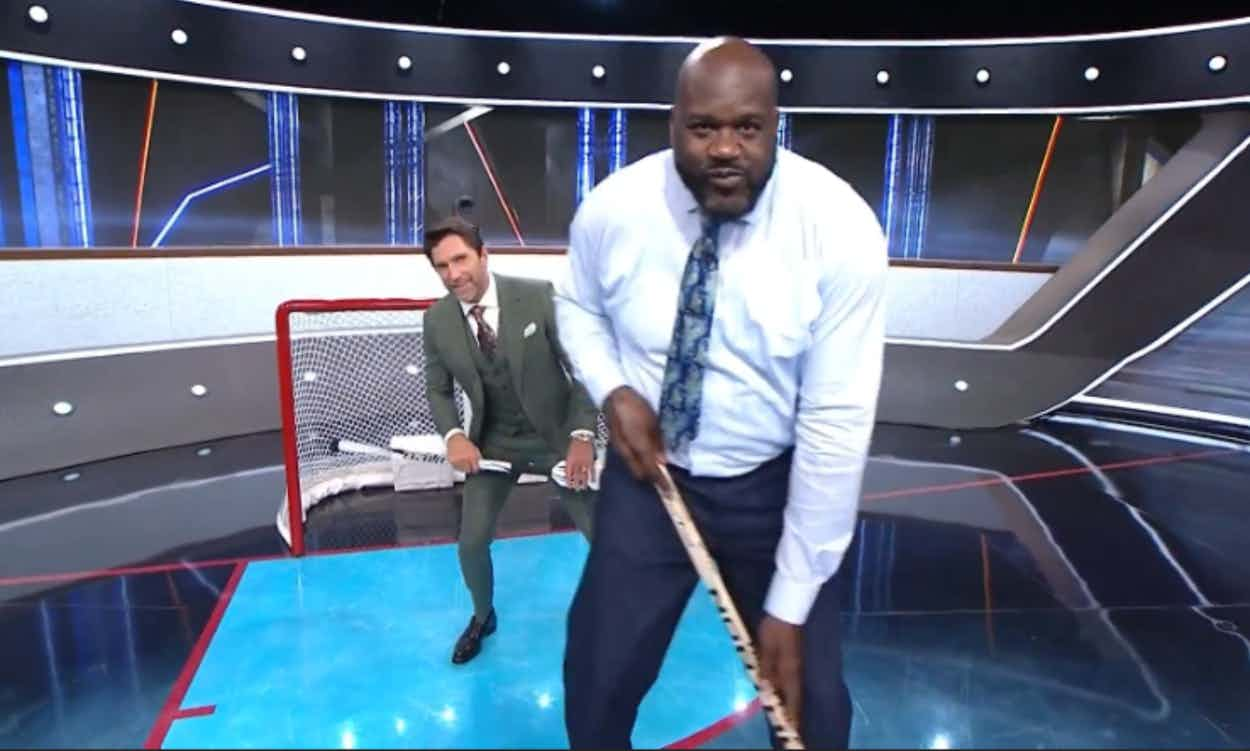Ryan Martindale and the Edmonton Oilers’ Drafting
The Edmonton Oilers traded away Ryan Martindale today. Martindale was the 61st overall pick in the 2010 NHL Entry Draft, a big centre with good hands who, if all had gone well, might have been a perfect fit as the second line pivot in Edmonton.
All didn’t go well, and it’s a move that’s going to feed into the perception that the Oilers have done a poor job of converting important, non-first overall picks into value. Is that perception accurate?
The Picks

The early stuff in the 2007-2010 window (which is all we can fairly assess at this juncture) is pretty easy to defend. When I look at the 2010 Draft, I don’t see a player I’d want to trade Hall for as an NHL general manager (you can make a case for Seguin, but the case is basically ‘I need a centre rather than a left wing so I’m willing to take a small hit’). Sam Gagner isn’t popular these days but he probably ends up as a second-line right wing somewhere and as he’s halfway there at 24 he’s probably going to play 1,000 NHL games – that isn’t bad for a sixth overall pick, regardless of what people expected. Magnus Paajarvi isn’t a perfect player, but despite some mishandling from the Oilers he’s well on his way to a pretty strong NHL career.

We can quibble and cherry pick better players chosen lower in the case of Gagner and Paajarvi, but that’s the way the draft works. The Oilers got fair value on those picks.
There are some good pieces in the rest. Riley Nash isn’t an especially useful player at the NHL level yet but he’s a pivot with a range of skills and looks on-track to carve out a career. Martin Marincin is on-track to be an NHL defenceman and one or both of Tyler Pitlick and Anton Lander could still turn out. Linus Omark played more games than one would expect from a fourth-rounder and had enough value to bring something small back when the Oilers moved on. Jordan Eberle is pure gold.

To be sure, there’s some ugliness too. The Oilers could really use a 6’3”, 225 pound defenceman with some nastiness and a range of skills, but concussion and footspeed and whatever else meant Alex Plante never got there. Of the later picks, Cameron Abney stands out because he was always such a stupid selection; teams shouldn’t waste top-100 picks on forwards with four points in junior and ‘punching’ as their only skill because they can trade a top-100 pick for the NHL version of that player any old time they like and they don’t have to take any of the development risk.
What Should We Have Expected?

If we accept that Hall, Gagner and Paajarvi are all basically in-line with expectations, how well have the Oilers done otherwise? Using the Scott Cullen guide to draft picks, we would have expected an average team to churn out between four and five (100-plus game) NHL players with the other picks.
The Oilers have produced one definite in Eberle. Can we expect three or four others from the group of Nash, Pitlick, Lander, Marincin and Omark? It could go either way, but if I had to bet I’d say that Nash, Marincin and Lander make the cut, which would put the Oilers just under the NHL average.
But of course, we’re including the final Prendergast draft, which includes Alex Plante (a slot where the Oilers should have expected to land a player more than half the time). If we nix the 2007 selections and focus solely on Stu Macgregor’s tenure, we should expect three players from those picks between 11 and 100. With Eberle, Pitlick, Lander and Marincin, it’s a decent bet Edmonton makes that threshold.
There is certainly room for improvement at the draft by the Oilers, but we’re mostly looking at process things like ‘don’t take enforcers early’ and ‘if a defenceman is two years away from playing USHL hockey, draft somebody else.’ These are cases where the Oilers coveted specific skillsets (big, tough forward or big, tough defenceman) rather than drafting a guy posting results in a real league.
But it would be a mistake to look at the Martindales of the draft and crucify the scouts for those picks. Lots of good junior players never make it to the NHL, and when those good junior players have multiple serious injuries by the age of 22 it’s even more common. Most prospects fail, regardless of the team drafting them.
Recently by Jonathan Willis
- There is something wrong with Taylor Hall
- Are the Oilers overvaluing their players?
- Did Craig MacTavish move Ladislav Smid just in time?
- The strangest goal in a bad game
- Context and Mark Arcobello
- Georges Laraque and the enforcer who can play
- Martin Marincin is going to the Olympics
- Follow Jonathan Willis on Twitter!
Recent articles from Jonathan Willis





